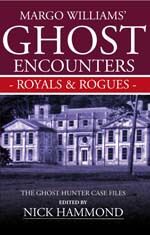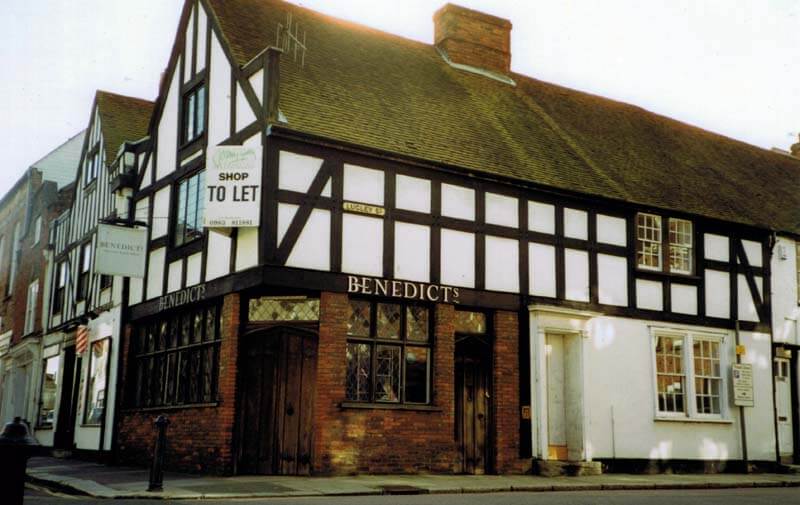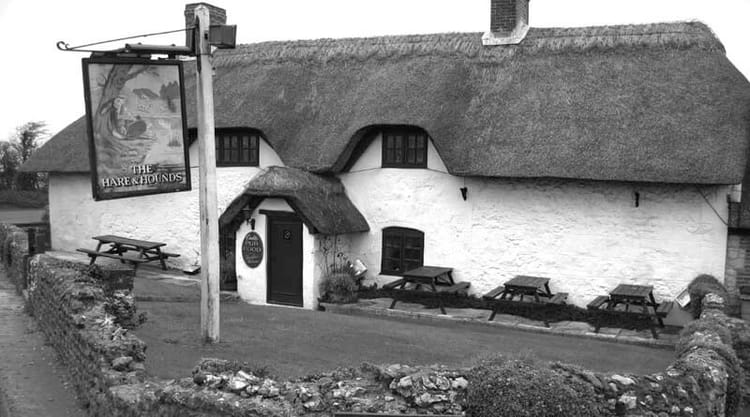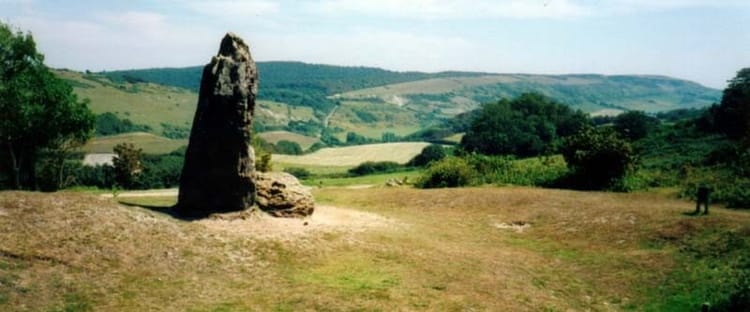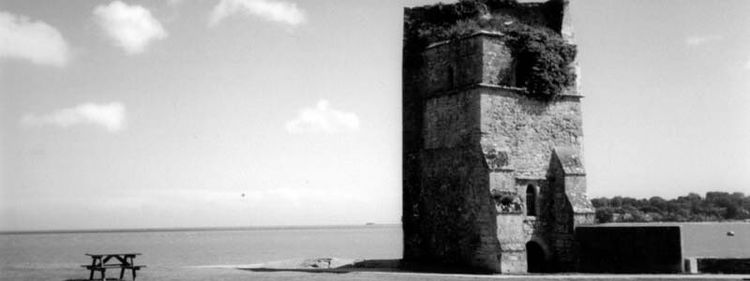Swainston Manor. Unsolved Mysteries Isle of Wight
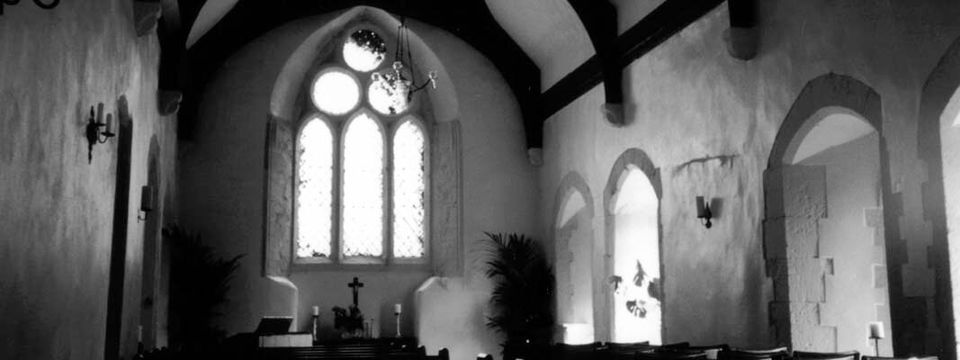
Time Travel Chapel
Around Halloween island folk re-set clocks backward by an hour. Generally clocks tick forward. Or so we all assume. Some passing scientists in the marvellous Blacksmith's Pub on the Calbourne Road say "Time is an illusion," on hearing the landlord call "Last Orders, please!" one hour sooner than the day before.
That's a big thing to say. So is "We live in a Black Hole." But that is the new origin story beyond Big Bang to which barpersons respond with a wistful, "Duh!".
Maybe that's true. "Who's gonna get out to prove it so?" is the glass-half-empty types' reasonable question. Maybe only ghosts, is the answer.
Scientists also say White Holes exist too. Unlike Black Holes that let nothing out, these keep nothing back. They blurt, and maybe blurted out our world. Wormholes interconnect as passages between different holes; different space-times.
Too far, already? Let's get grounded. Weird things happen at Swainston Manor, a half mile or so down the road in the Calbourne direction.

The Summer Palace
Among the Isle of Wight’s many beautiful scenes this particular combination of scenery and substance so delighted the powerful Saxon bishops of Winchester, during the first millennium AD they chose Swainston as their summer palace.
Despite Viking interruption from time to time - Danish warlord Sweyn Forkbeard, father of King Canute probably gave his name - it belonged to the Church until King Edward I, Longshanks, came to the Isle of Wight and took it from them.
Exploring the haunted Isle of Wight
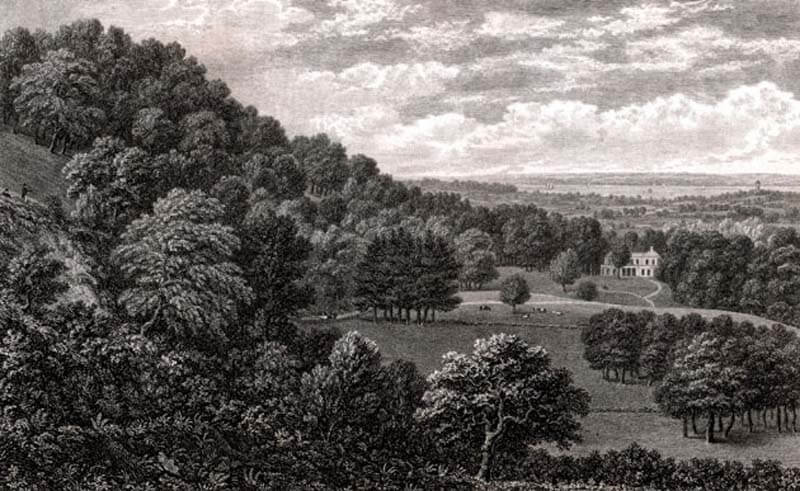
Longshanks on the Isle of Wight
The king arrived at Swainston during November 5th 1285, two years after his invasion of Wales and one year after the birth of son Edward II.
Historian Albin describes this royal visit in his 'New, Correct and Much Improved History of the Isle of Wight,'
'...The King deprived John di Pontiserra of this manor, harassed him frequently by divers acts of displeasure openly manifested and declared. At length the Bishop, to purchase the King's peace, did agree not only to surrender the manor into his hands but pay a fine of £2000.'
Among the island's nuanced mysteries is why Edward did not stay at Carisbrooke Castle, home of Lady Isabella the richest single woman in the kingdom.
Paranormalists in the Blacksmith's pub suspect she wouldn't appreciate all the minstrels and harpists; or foot the bill for beef carcasses and calves; does; pigs; or suffer the magnitude massacre of her prized partridges and geese.
Royal party animals locusted through supplies of bread and cheese, wine and beer. Expected every day fresh and fancy 'boletella' loaves and 'gastelli' cakes and biscuits.
Five days of hosting the royal entourage was exhausting. And expensive when the royal menu included serving up specialities like whale (especially Killer whale) porpoise and seal, the tongues and tail portions being especial delicacies.
Edward spared Lady Isabella that problem.
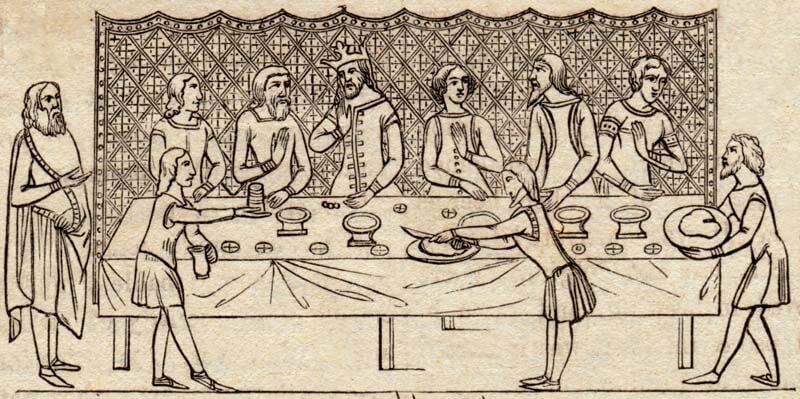
The Royal Party Parties On
Miraculously some of the original medieval buildings remain. The old chapel is well preserved, and when Swainston Manor opened its doors as a hotel, the chapel provided a venue for wedding ceremonies.
From time to time sensitive brides and grooms believed there were more people in the chapel than invited to their event. Some attendees reported hearing old-fashioned minstrel-music wafting in through the chapel door, and assumed the DJ played a joke.
On rare occasion outside the chapel, a youngish woman in blue velvet robe and upturned hat sits in the garden. Late arrivals see her and think they missed the txt about the wedding being medieval fancy-dress.
Local ghost-hunters wonder if it is the ghost of Lady Isabella. But those who have seen her claim she looks too real to be a ghost. Sometimes the Blacksmith's bar-person offers another possibility based upon overheard conversations by passing scientists: "The old chapel is a wormhole into the past."
And, presumably for King Edward Longshanks, into the future. Wormholes work both ways.
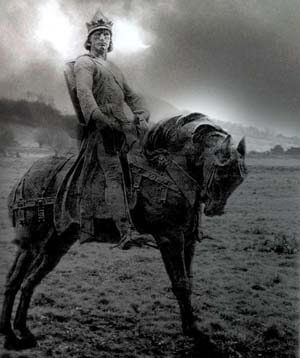
Edward Longshanks
Paranormalists wonder if ghosts are atmospheric photographs, moments of great emotional stress imprinted by a trauma-sufferer into the atmosphere of a location. And so the weird stuff that happens at Swainston Manor probably is a ghostly memory caused by bishop Pontiserra's shock at the cost of Longshanks' party requests.
It is one answer.
Born 17th June 1239, adult Edward I stood head and shoulders above most people. "Dressed plain and unostentatious; little different from the ordinary citizen," said those who met him. 'When asked why he would not wear more sumptuous clothes, Edward replied that it is impossible to add or diminish real worth by outward apparel.
According to biographers,
"...His light yellow hair of childhood turned to black with adulthood. In speech he was hesitating, but eloquent. His mind resolute, ambitious, firm and courageous yet tempered with that rare discretion which never pursued objectives beyond his power of attainment, and never underestimated what was needed to achieve important designs."
Source: W.H.S. Aubrey 'History of England'
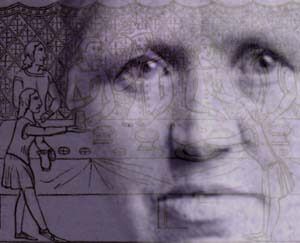
Isabella de Fortibus
Who knows how many women in king Edward's kingdom were tough as Longshanks. But one of them lived on the Isle of Wight.
Isabella de Fortibus, last of the de Redvers family; described as the 'equal of any man in a man's world.' Formidable, intelligent and energetic; patroness of religious houses. Unafraid of any clergyman she summoned the bishop often to her court.
Isabella owned the Isle of Wight.
Isabella de Fortibus Brief Profile
Married aged 12 to William de Fortibus, all five of her children died before adulthood, and she was widowed aged 23.
Daughter Aveline married King Edward's younger brother Edmund 'Crouchback', at the age of eleven and died four years later.
When Isabella's brother Baldwin died two years after her husband, poisoned at his brother-in-law's party, Isabella inherited the family's huge fortune, to become the richest single woman in the kingdom.
And the last female ruler of the Isle of Wight.
Some detectorists gathered in the Blacksmith's pub say Edward wanted to remove her family's feudal privileges and return the island to crown possession. Favourites of his great, great, great grandfather Henry I, the de Redvers had complete authority over the Isle of Wight.
But maybe there was a deal in place. Isabella signed the paperwork on her deathbed bequeathing her island to the king.
Paranormalists with a mind for melodrama reason the blue-velvet-clad ghost in the garden cannot be Isabella, because she wasn't invited to the party.
That garden ghost outside the chapel looks too young to be Isabella, say those who've got up close enough to see. But assume she is connected to the minstrel music sometimes heard by brides and grooms playing in the old chapel.
Or the uninvited ghostly guests present among the well-wishers, watching future weddings through a wormhole.
Thank you for your company on this short tour of Isle of Wight mysteries and haunting. If you would like to know more about Margo Williams' investigations in Swainston manor and other royals and rogues, read this book. Now available from Amazon.
